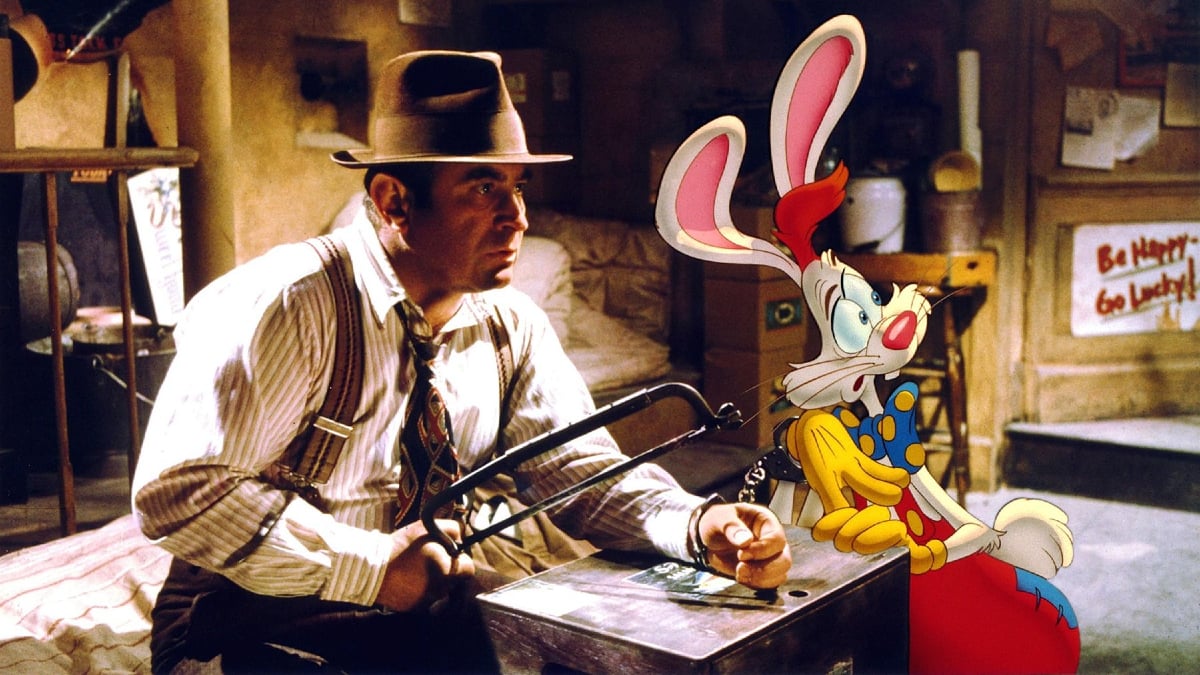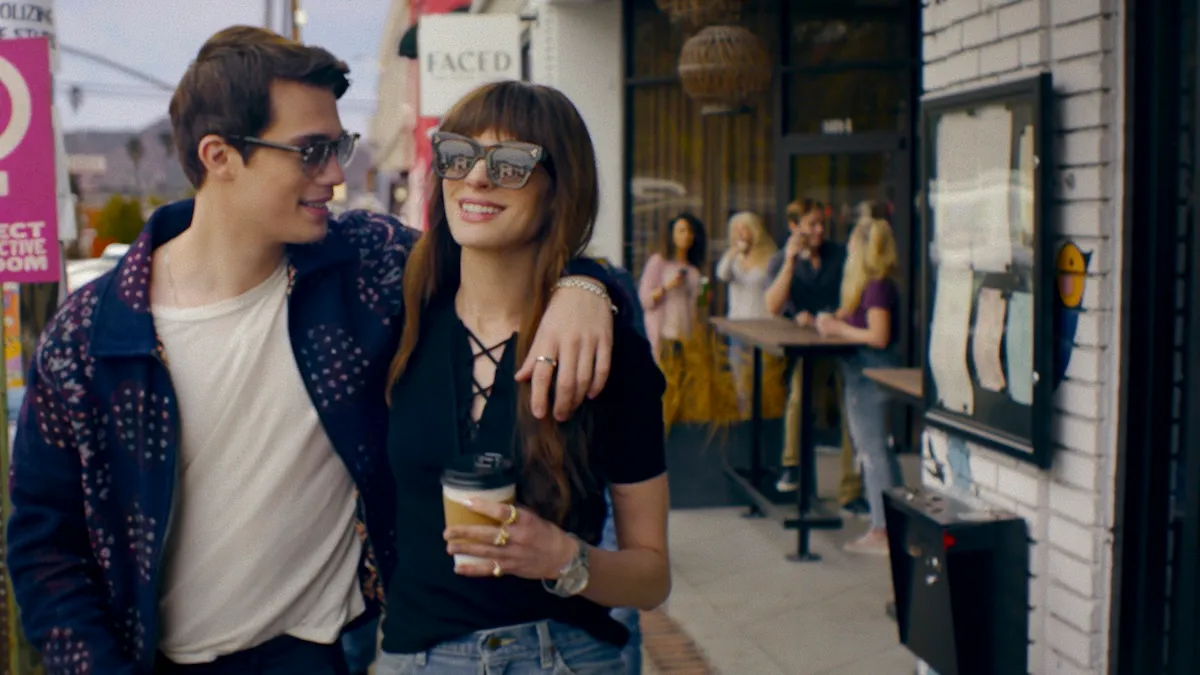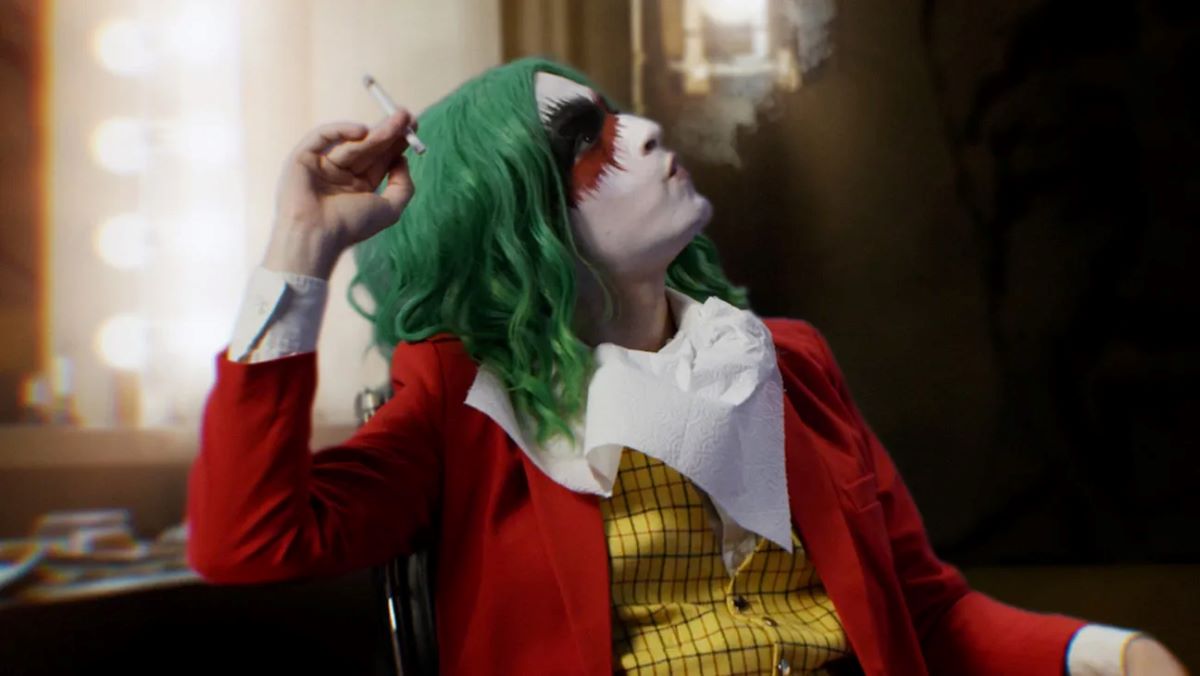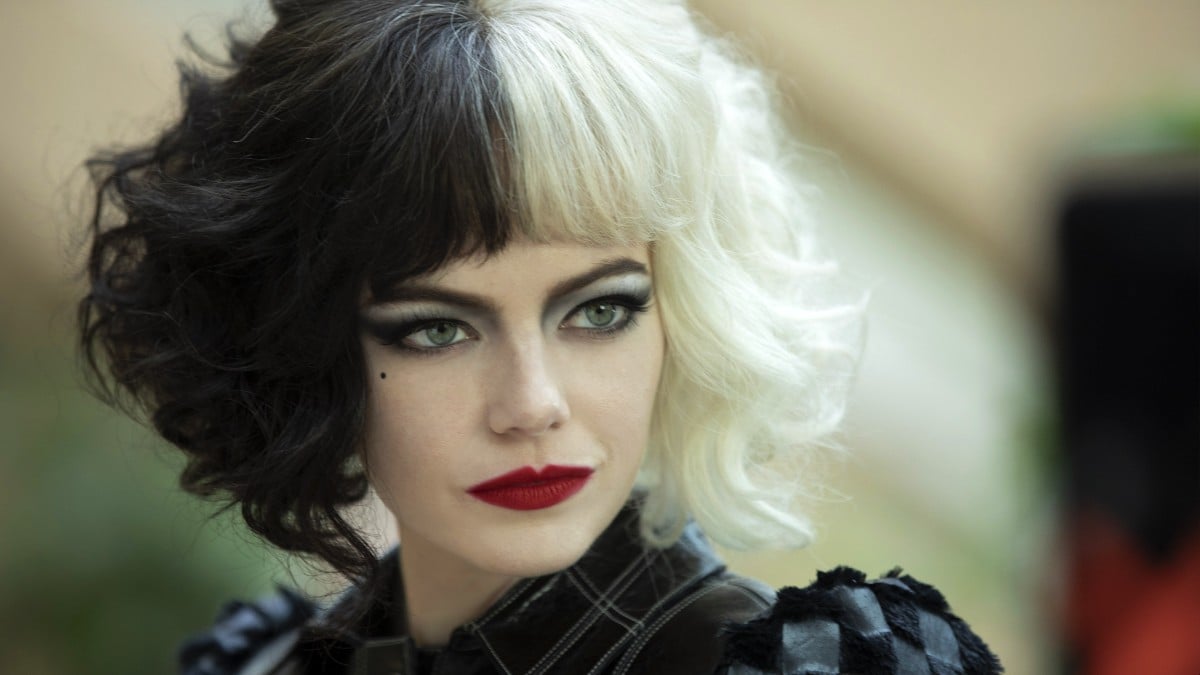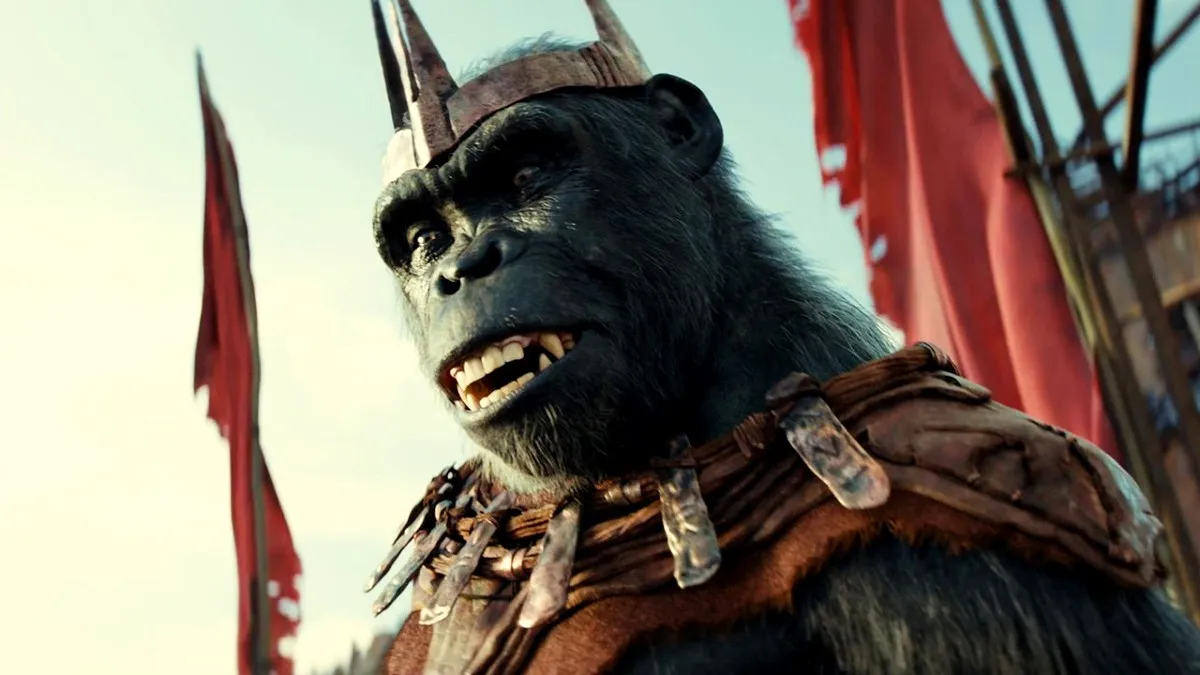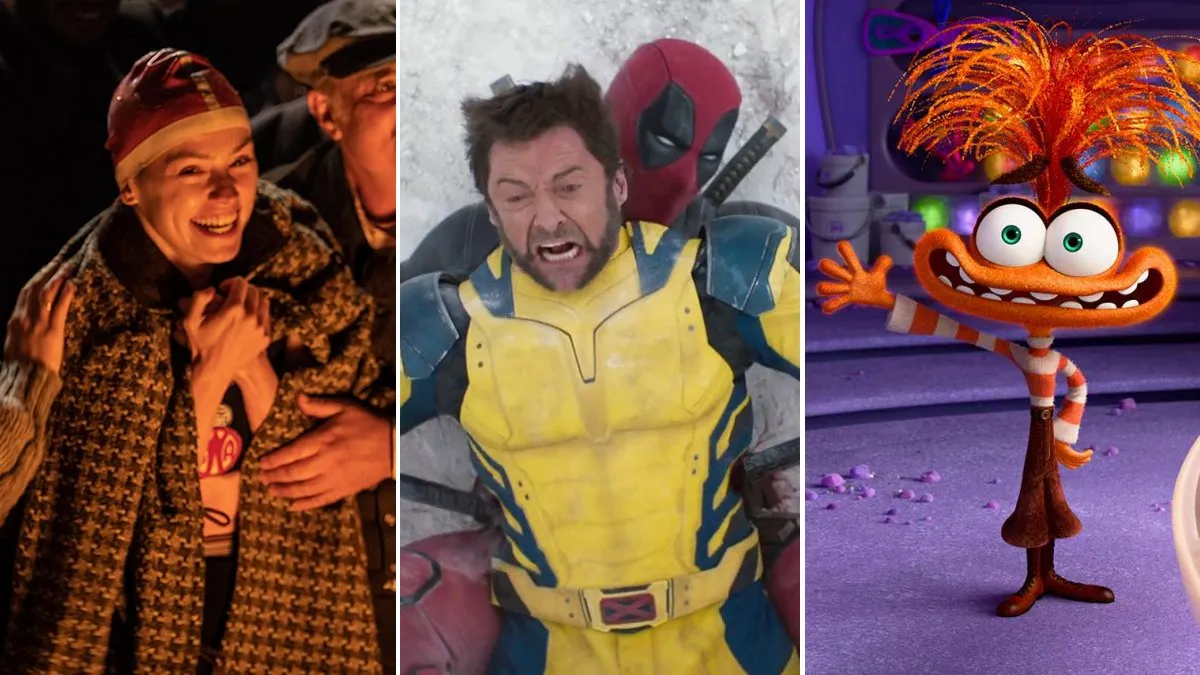On June 21, 1988, Who Framed Roger Rabbit was unleashed upon an unsuspecting public. It’s the kind of film that surely seemed miraculous at the time, but has only become more miraculous with age. If you haven’t seen it before, you could still watch it in disbelief. The vast majority of American cartoon characters that were famous by or before 1988 appear in the film. Mickey Mouse and Bugs Bunny even hang out … together. But it’s also a movie that features drinking, sex, and murder. In short, it’s not exactly a children’s film. Not to mention that Roger Rabbit ends up being a critique on the privatization and destruction of public transportation.
In the modern American film landscape defined by IP wars and a disinvestment of capital from animation (especially adult animation), it took 34 years for another film to try and recreate magic in the vein of Roger Rabbit. In 2022, we got Chip ‘n Dale: Rescue Rangers, which was co-produced by The Lonely Island. That film, too, feels like a miracle. Getting Stan Marsh, Butt-head, and “Ugly Sonic” in what you can technically call a Disney movie is a delightful feat. But the story of Roger Rabbit is one of the most fascinating behind-the-scenes histories I’ve ever heard.
How Roger Rabbit saved Disney
I wrote the script for this “107 Facts about Roger Rabbit” video seven years ago (help me), and it turned me into a monster. The more you learn about this film, the more you learn to appreciate it. Enjoy my script of ages yon if you want an even deeper dive into this bananas film.
It’s hard to imagine right now, but in the 1980s, Disney was in real trouble. The studio seemed like it might be a sinking ship. Its animated features in the ’70s and ’80s—Robin Hood, Pete’s Dragon, The Fox and the Hound—didn’t do very well. There was talk about whether animation had become passé. But in the early ’80s, Disney had a CEO named Ron Miller who thought—wait for it—that the future of animation was in making it appeal to adults. This led to the creation of Touchstone Pictures, which in turn explains why Roger Rabbit is both a Disney film and isn’t “technically” a Disney film.
Even though Roger Rabbit was released by a different studio, its effect on Disney was profound. You can make a solid argument that Roger Rabbit kickstarted the Disney Renaissance of the ’90s and therefore ensured Disney’s continued relevance in the present day. Disregarding Oliver and Company (which also came out in 1988), the next films Disney released were The Little Mermaid (1989), The Rescuers Down Under (1990), and Beauty and the Beast (1991).
Anyway, Disney started testing footage around a book they had just bought the rights to: Who Censored Roger Rabbit? The OG book (which I have not read) is incredibly different. For one, all the toons come from comic strips and speak in speech bubbles. Also, Roger both commits murders and is murdered. There was an iteration of Who Framed Roger Rabbit in which Roger dies, too. Sting even wrote and recorded a song for the occasion, “The Lazarus Heart.” But we’re getting way ahead of ourselves.
Spielberg works his magic
Anywho, that CEO was scrapped and replaced with Michael Eisner—a name most Disney fans are familiar with. And despite what you think of Eisner, you have to hand it to him for having the good judgement to both like the Roger Rabbit idea and to show it to his pal Steven Spielberg. At this point in time, Spielberg was essentially the God of Hollywood, and he liked the Roger idea so much that he offered to co-produce it.
Having Spielberg’s star power on board is absolutely what made Roger Rabbit the film it became. Spielberg is the one who brought on director Robert Zemeckis, who was very much basking in the afterglow of Back to the Future. The studio initially wanted the director to be—again, wait for it—Terry Gilliam, of Monty Python and Brazil fame. Gilliam, who makes very dark films. But Gilliam passed because he was, in his own words, “lazy.” What a different film we would’ve had.
But Spielberg’s almighty powers were even more important when it came to one key aspect: licensing. Spielberg is the one who knocked on other studios’ doors and asked them to allow their characters to appear in Who Framed Roger Rabbit—for a flat fee, of course. And it worked like a charm. Warner Bros. was so eager to be on Spielberg’s good side that it gave Roger Rabbit rights to use its most precious characters, the Looney Toons, for an absolutely absurd flat rate of $5,000 each.
Warner Bros. drove a moderate bargain, though. The studio’s other stipulation was for its two biggest characters—Bugs Bunny and Daffy Duck—to be given equal screen time as their Disney counterparts, Mickey Mouse and Donald Duck. And that’s how we got the skydiving scene and the piano duel, the latter of which I’d argue is one of the most delightful scenes in cinema. One reason this particular scene is so incredible: it was co-storyboarded by legendary Looney Tunes animator and director Chuck Jones.
I can give you stars
The list of who was almost in Who Framed Roger Rabbit is absurd. The early animation tests had Pee-wee Herman as Roger. Harrison Ford was the first choice to play the human protagonist, Eddie Valiant, but he was too expensive. Bill Murray apparently never got the memo and was upset when he learned he missed the role. For Judge Doom, Tim Curry, John Cleese, and our old pal Sting were all in the running. But director Robert Zemeckis got Bob Hoskins and Back to the Future buddy Christopher Lloyd instead.
The animated cast is also genuinely impressive. Legendary voice actor Mel Blanc voiced all the Looney Toons—except Yosemite Sam—before he passed away the following year. Roger Rabbit also contains the final performance of Mae Questel as Betty Boop. Wayne Allwine and Tony Anselmo, the original voices of Mickey Mouse and Donald Duck respectively, reprised their roles in the film.
Zemeckis made all the right decisions for how to approach animation in Who Framed Roger Rabbit. He got the artist who did the Pink Panther title sequences, Richard Williams, to direct the animation. He fooled Warner Bros. into thinking the film was using the current versions of the Looney Toons characters, then performed a switcheroo in favor of the older models. He let Charles Fleischer, who voices Roger, act the scenes just off-camera. Fleischer even had the costume department make him a full Roger suit. You can see Fleischer performing in the suit in this old behind-the-scenes feature:
It’s easy to imagine that the set was absolute mayhem. Until the final take, Hoskins and the actor actors were using life-size puppets of the animated characters. Robotic contraptions and good old-fashioned puppets were made to support props that would ultimately be held by cartoons. Hoskins said that he was having hallucinations by the end of filming.
Somehow, this is all just the tip of the iceberg. Who Framed Roger Rabbit is one of the most fascinating films ever made, particularly in terms of what happened behind the scenes. It’s an enormous miracle that it exists. Roger Rabbit also happens to be one of the best films ever made, too. I will not be taking arguments on that. Instead, how about a drink?
(featured image: Walt Disney Studios Motion Pictures)



